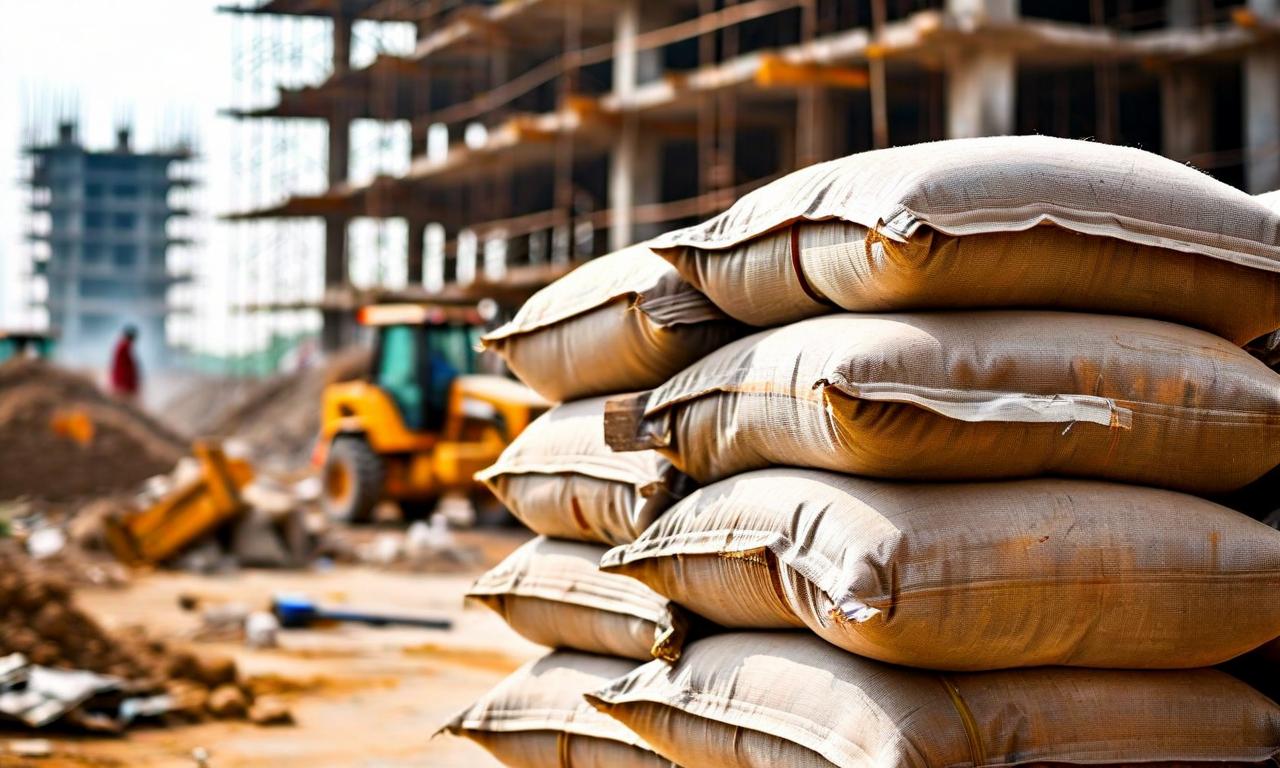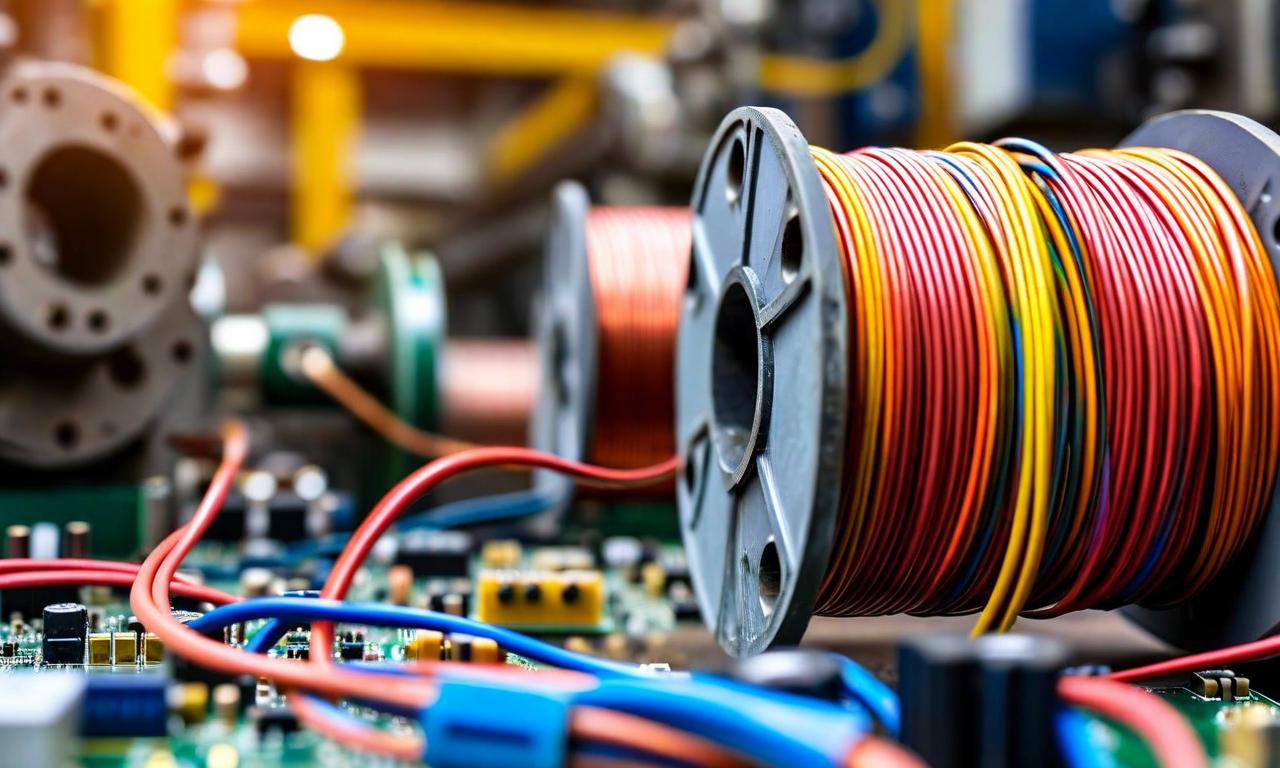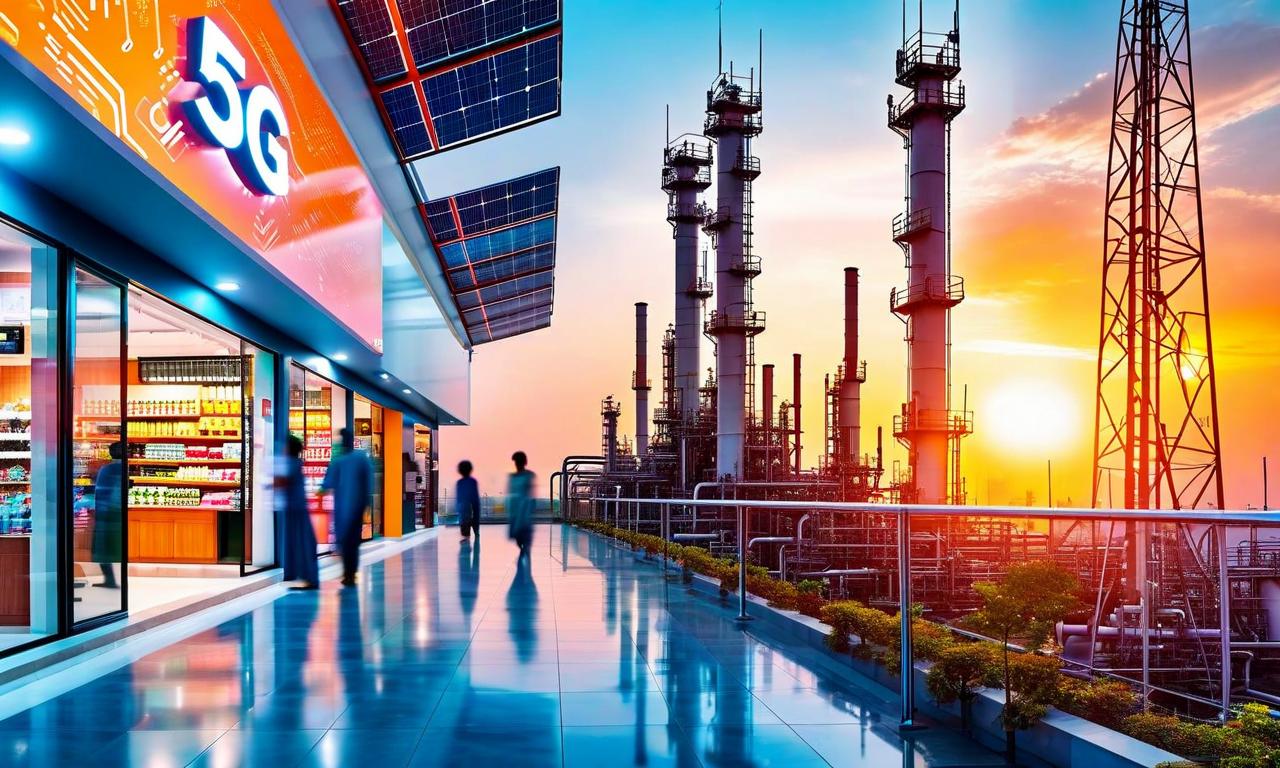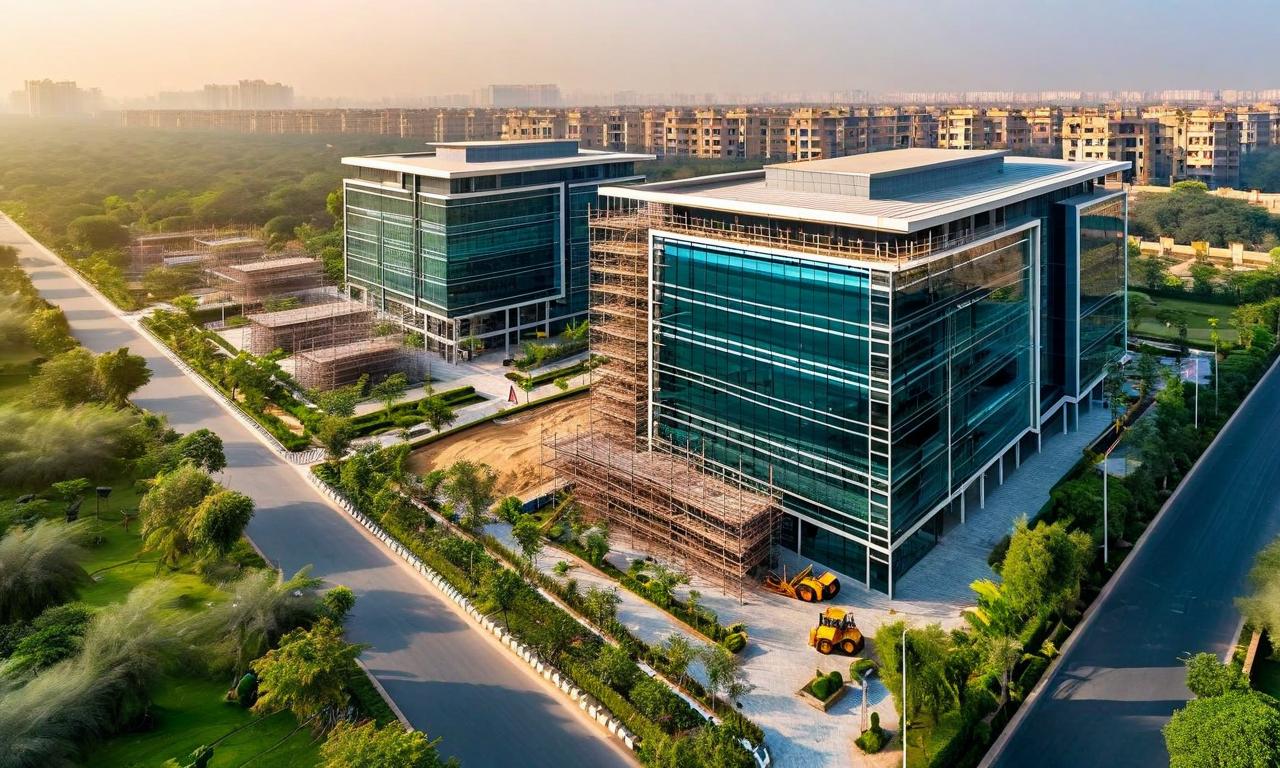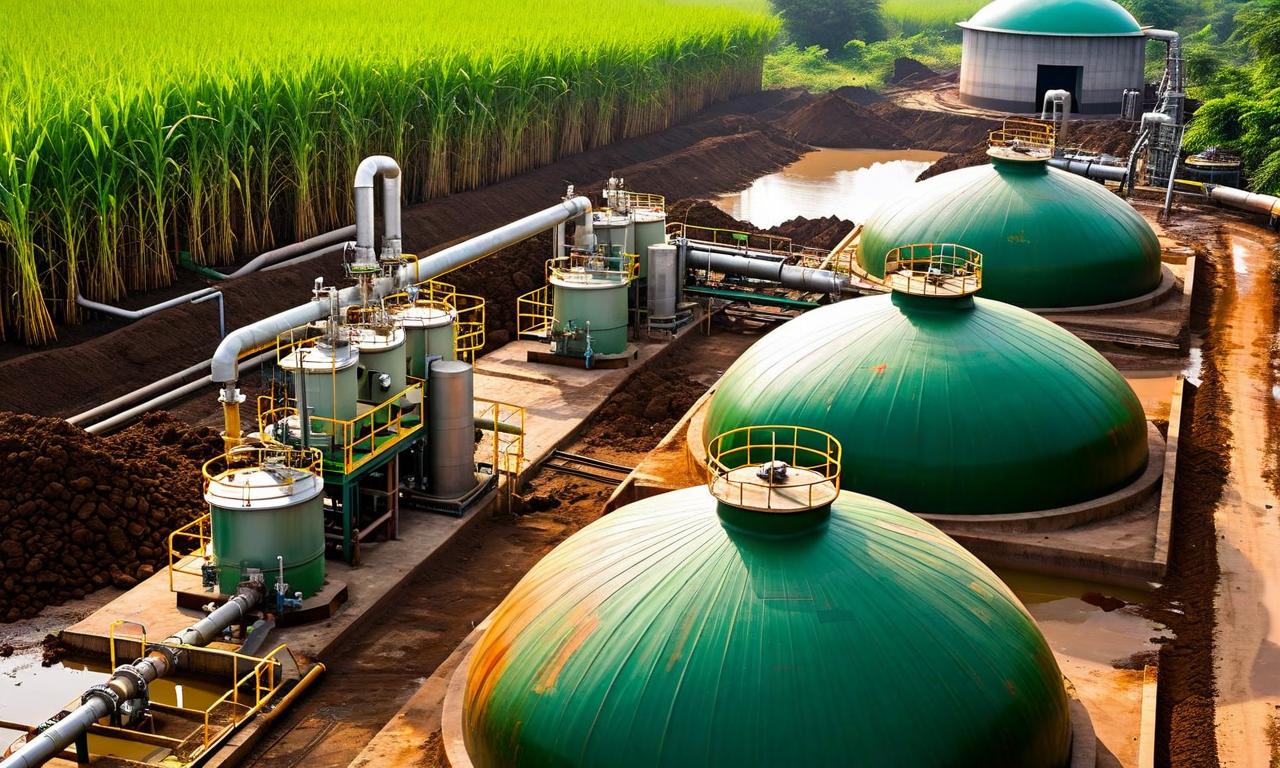Indian Cement Sector: Peak Earnings Amid GST Cuts and Cost Pressures
The Indian cement industry is experiencing a complex scenario affecting its earnings trajectory. The September quarter may have marked peak earnings due to recent policy changes and rising input costs. The GST reduction from 28% to 18% has led to price adjustments, with average cement prices at ₹372 per bag in Q3, up 3.7% YoY but down 1.5% QoQ. Rising input costs, including petcoke prices increasing to ~$120 per tonne, are expected to increase operating costs by ₹30-40 per tonne. The industry plans to add 56 million tonnes of capacity, with demand growth at 4-5% YoY. UltraTech and Adani Cement are expected to report double-digit volume growth. Industry-wide sales are projected to increase by 10-15% YoY, with profits potentially doubling from a low base. EBITDA per tonne is estimated at ₹850-1,150, up from ₹700 last year, but a sequential decline is expected.
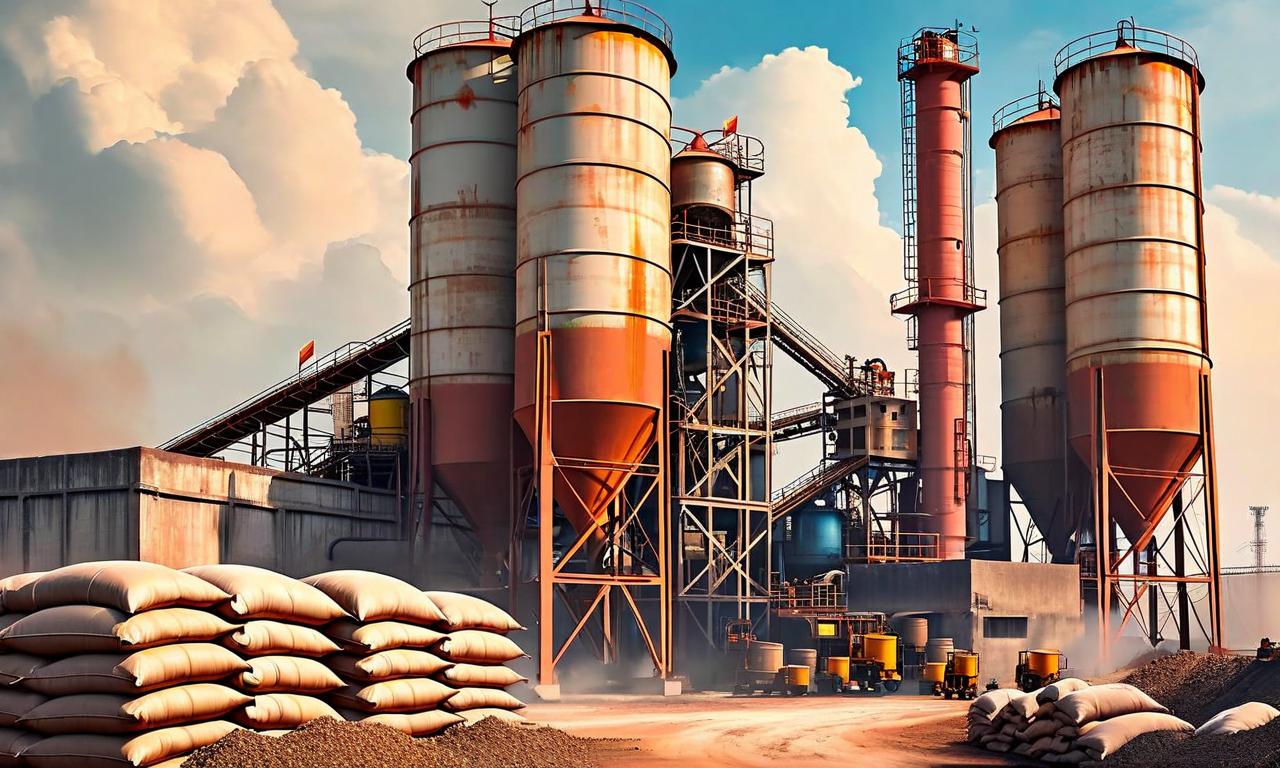
*this image is generated using AI for illustrative purposes only.
The Indian cement industry is experiencing a complex interplay of factors that are likely to impact its earnings trajectory. The September quarter may have marked a peak in earnings for cement producers, as they face headwinds from recent policy changes and rising input costs.
GST Reduction and Pricing Dynamics
The government's decision to reduce the Goods and Services Tax (GST) on cement from 28% to 18% has prompted price adjustments across the industry. This move, while beneficial for consumers, has put pressure on cement companies to reduce their prices.
| Metric | Value | Change |
|---|---|---|
| Average cement price per bag (Sep Q) | ₹372.00 | +3.7% YoY, -1.5% QoQ |
The table above illustrates the pricing dynamics, showing a year-on-year increase but a sequential decline, reflecting the immediate impact of the GST reduction.
Cost Pressures and Operational Challenges
Rising input costs are posing challenges for cement manufacturers:
| Factor | Impact |
|---|---|
| Petcoke prices | Increased by $10.00 per tonne to ~$120.00 |
| Expected increase in operating costs | ₹30.00-40.00 per tonne |
These cost pressures are likely to squeeze profit margins in the coming quarters, potentially offsetting gains from increased sales volumes.
Industry Capacity and Demand
The cement sector is poised for significant expansion:
| Metric | Value |
|---|---|
| Planned capacity additions | 56.00 million tonnes |
| Demand growth (YoY) | 4-5% |
While demand shows moderate growth, the substantial capacity additions may lead to pressure on utilization rates, potentially affecting profitability across the industry.
Company Performance Highlights
- UltraTech Cement and Adani Cement are expected to report double-digit volume growth, primarily driven by recent acquisitions.
- Industry-wide sales are projected to have increased by 10-15% year-on-year.
- Profits are anticipated to double, albeit from a low base in the previous year.
Financial Metrics
| Metric | Current Value | Previous Year |
|---|---|---|
| EBITDA per tonne | ₹850.00-1,150.00 | ₹700.00 |
While the EBITDA per tonne shows significant improvement year-on-year, a sequential decline from the June quarter is expected.
Outlook
The Indian cement sector is at a crucial juncture. While the GST reduction may stimulate demand in the long term, short-term price pressures and rising costs pose challenges. The industry's ability to balance capacity utilization with demand growth will be critical in maintaining profitability.
As the sector navigates these challenges, investors and industry observers should closely monitor how companies adapt their strategies to maintain growth and profitability in this evolving landscape.
